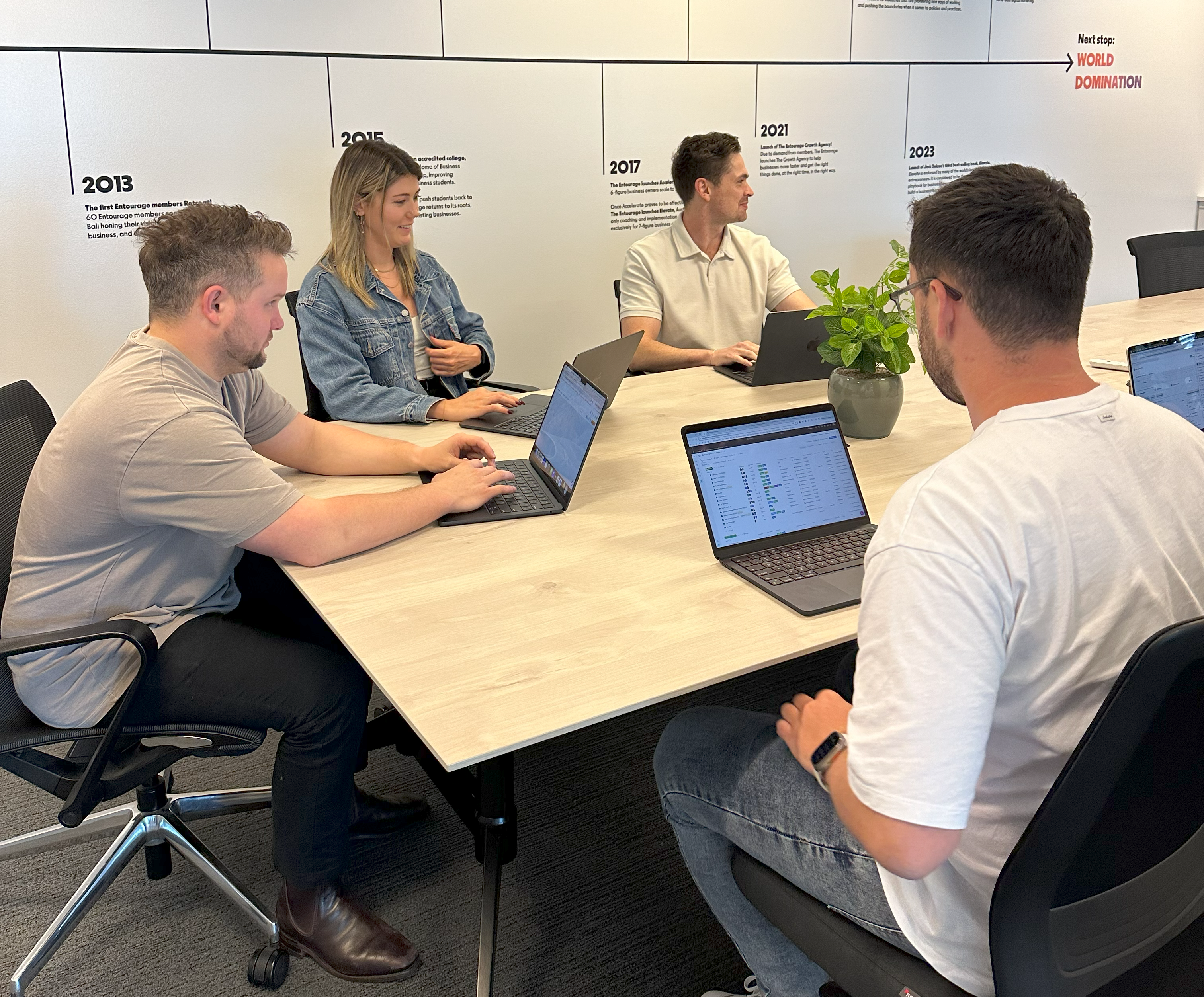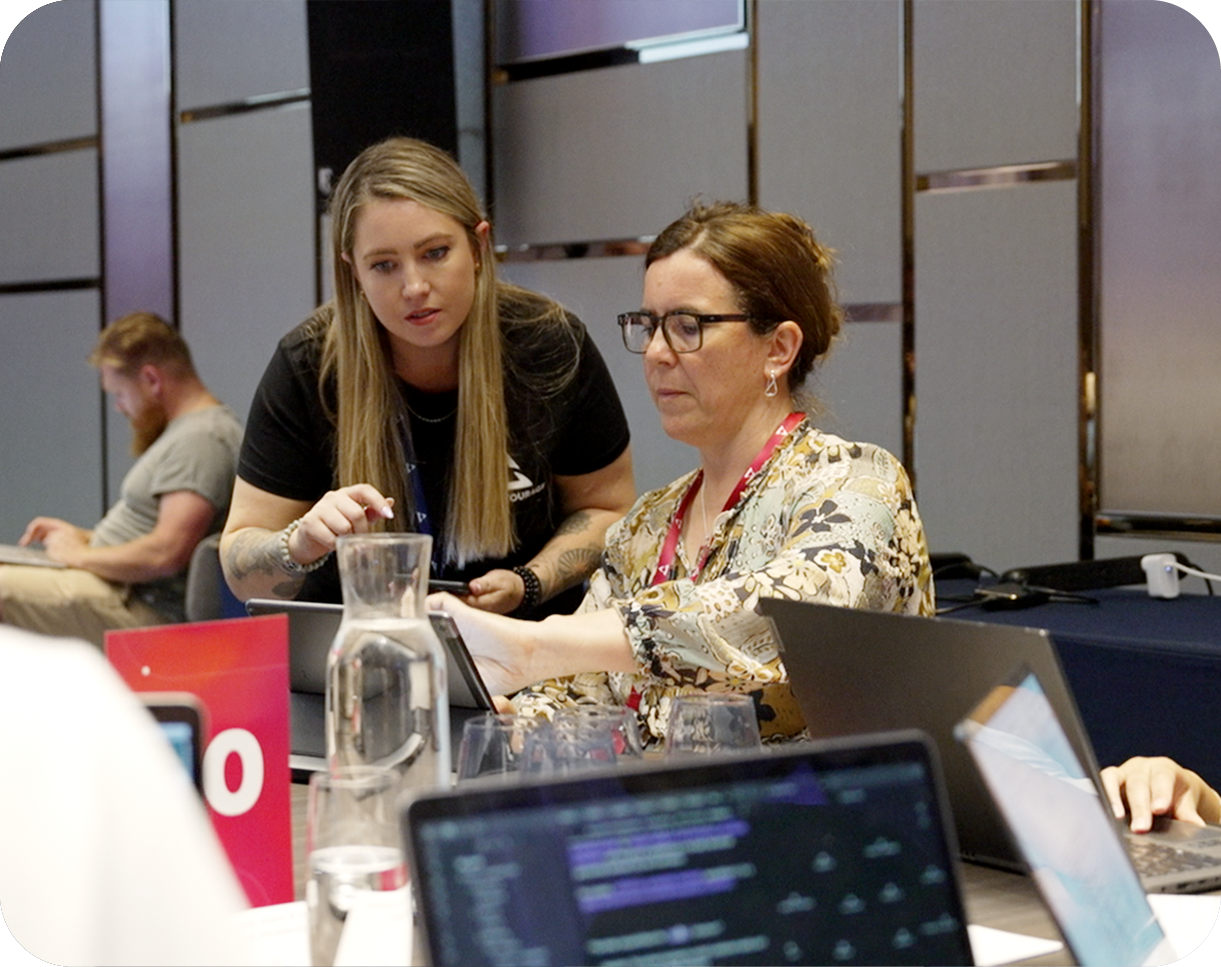New employees need to have the equipment at home so that they can perform as they did in the office as companies switch to remote or hybrid working. Standardized work-at-home (WFH) technological pack assists in simplifying the onboarding process, promotes productivity and ensures that all team members, whether it is work-at-home or in the office, have the same experience. Properly configured, companies can minimize technical setups, shorten setup time and demonstrate a new hire they are ready to succeed on the very first day.
Standardized WFH technology bundles also eliminate administration overhead in the IT department in that it provides a transparent and repeatable model of equipping an employee. Rather than managing the needs of each new employee on a case-by-case basis, the described kit includes everything that is needed to start working fast. This brings uniformity on different systems and saves on the time used to debug mismatched hardware or software.
Identify Core Technology Needs
To make a WFH tech kit, the first task is to determine what each employee would require to work safely and successfully at home. Whether it is the types of work, they differ, but in general, there are necessities that are prevalent in nearly all remote workers. Most kits are based on a stable laptop or desktop, external monitor, keyboard and mouse. The availability of external devices such as webcam, headsets, docking stations is also detrimental in facilitating communications or comfort during video calls or working on collaborative tasks.
There should be standardization of software and digital tools across teams too. This entails the availability of licensed software, secure log-in details, and team-collaboration tools such as email, chat and project management software. Pre installed or pre configured devices means that the employees can simply log in, and get going, not having to coordinate heavily with the IT on the first day.
Consider Internet And Connectivity Support
The quality of home internet is a significant part of remote work experience. Organizations are supposed to be ready to assist workers in need of a lack of steady networks. Though the major number of employees might be provided with the home internet service already, not all of the connections will be the same in terms of stability and speed. In order to enable the newly hired to improve their internet plans in case of necessity, the organizations can provide internet stipends or reimbursement opportunities.
In regions where there is a fluctuation in service providers, say within a particular neighborhood or region, it is useful to provide recommendations on recommended internet providers. To take an example, when a firm employs some members of the field in Ontario, it may do a research and recommend options of the famous internet providers London Ontario that workers mostly use. Such assistance can mitigate the problem of a poor connection which can lead to delays and an easier process of onboarding.
Prepare And Test Devices Before Shipment
All the devices must be ready and reviewed after testing before distributing them in the form of WFH tech kits. This involves software installation, creation of user profiles, testing hardware and updating of operating systems among others. The ready-to-use device lowers the device technical setback possibilities during the initial days of employment. It also portrays well the readiness and professionalism of the organization.
This should be done carefully with easy labels and a checklist of items inserted into each kit. It can be further simplified by giving setup guides or even video tutorials to those employees who might not be so technical. Having contact information of IT support should also be included so that the new hires know who to contact should they have any questions during the setup.
Include Ergonomics And Health Considerations
In addition to the required technology, companies must also consider the comfort of the employees and their health in the long term. Work-at-home employees spent much of their time at the desk; thus, they recommend the inclusion of ergonomic accessories into the WFH list. Laptop stands, additional keyboards, and even chairs may make the posture significantly better and cut strain. All these extras indicate that the company regards the welfare of its staff.
Other companies might decide to pay furniture allowance or might allow the new employees to pick between the approved ergonomic gears. Although the approach introduces flexibility, the trick is to create consistency in the standards such that all employees are equally advantaged. The uniform policy makes certain that every employee has the necessities of a comfortable, secure working environment.
Document The Process For Consistency
In order to have uniformity throughout the organization, it is beneficial to have everything associated with the WFH tech kit process in writing. These are inventory list, set up procedure, shipping procedure, and troubleshooting procedures. The benefits associated with clear documentation of records are that onboarding in the future would be a smooth process, and the process will be scalable despite the team growing or transforming over time.
To make documentation up-to-date and relevant, IT teams jointly with the HR to achieve this. The new software tools, the improvement of hardware or the feedback of the employees can be taken into consideration with regular updates. The regimen of such resources over time becomes the core of the effective remote on boarding plan which saves time and forms a smooth experience in every new hire.
Evaluate And Improve Based On Feedback
After the WFH tech kits are implemented, they need to collect feedback on the technique to evaluate efficiency and possible improvement regarding the new recruits. Whether individuals were able to connect and engage in their work with or without delays and other problems is one of the pieces of information employees will give in all probability. Such data can orient the next forms of the tech kit.
Business owners should also be attentive on the performance of the given internet solutions that are facilitated. When finding that several employees within an area such as London are complaining, an organization may opt to reconsider its suggestions or favorable alternatives. Remaining knowledgeable about the needs of the employees, the performance of home internet, and the quality of services available in the area using the sources suggested by the internet providers London Ontario-based employees will contribute to a better overall experience of remote work.
Conclusion
Even making a common WFH tech kit is not simply a matter of grabbing some boxes and stuffing them in the bag. It is related to creating a reliable framework helping to work remotely, be brought on board with ease and fit the requirements of employees. Through careful planning, regular notes, and consideration of such categories of equipment as home internet and ergonomic devices, companies can provide new employees with all they need to do their job as soon as they start working.
An aesthetically satisfying tech kit is the investment the company makes in its people and an honor to the way the company runs. Organizations will be able to create a more cohesive, efficient and engaged workforce wherever they are based by enhancing the manner in which remote workers are oriented and enabled.
Related Categories
Ryan Terrey
As Director of Marketing at The Entourage, Ryan Terrey is primarily focused on driving growth for companies through lead generation strategies. With a strong background in SEO/SEM, PPC and CRO from working in Sympli and InfoTrack, Ryan not only helps The Entourage brand grow and reach our target audience through campaigns that are creative, insightful and analytically driven, but also that of our 6, 7 and 8 figure members' audiences too.





